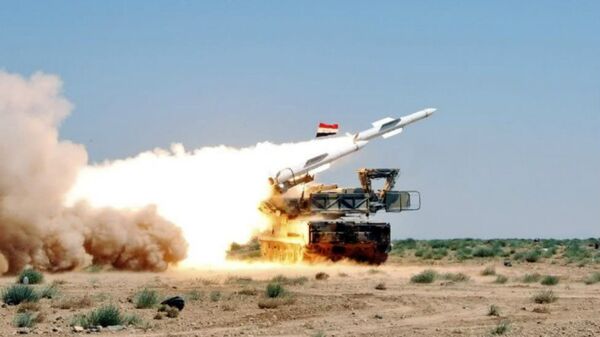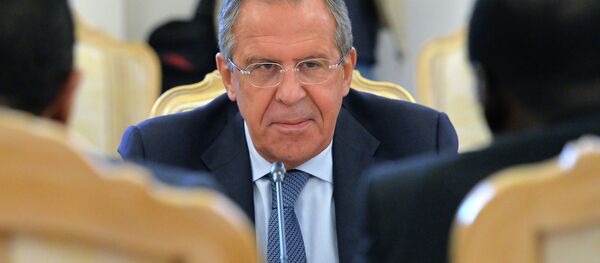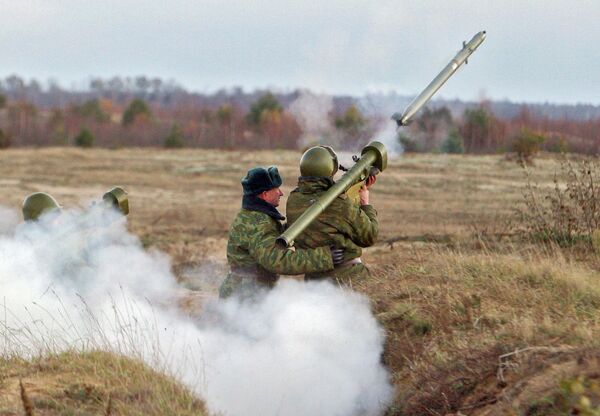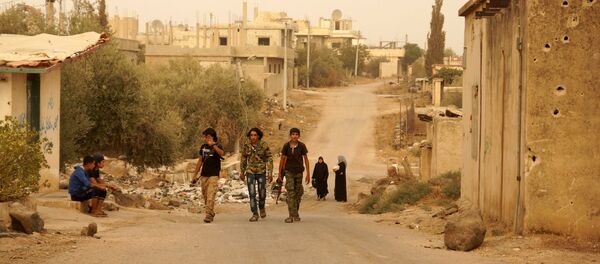The air defense forces are believed to be the most advanced units of the Syrian army, according to defendingrussia.ru.
Before the fall of the Soviet Union, it was Syria's main air defense system supplier; however, folliowing the break-up of the USSR, most of these weapons systems were in dire need of modernization by the late 1990s.
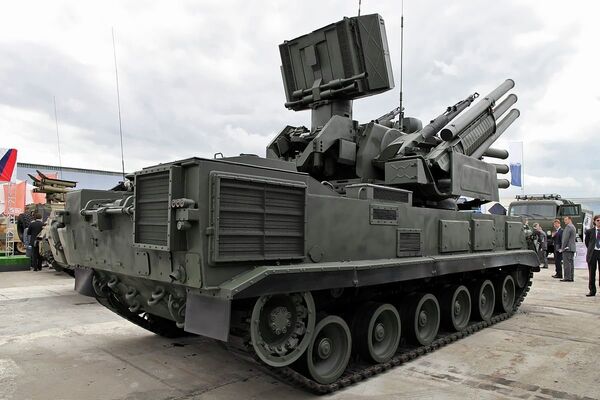
In the mid-2000s, the Syrian authorities adopted a policy of modernizing the country's national air defense forces, which ultimately received a whole array of Russian-made anti-aircraft missile systems.
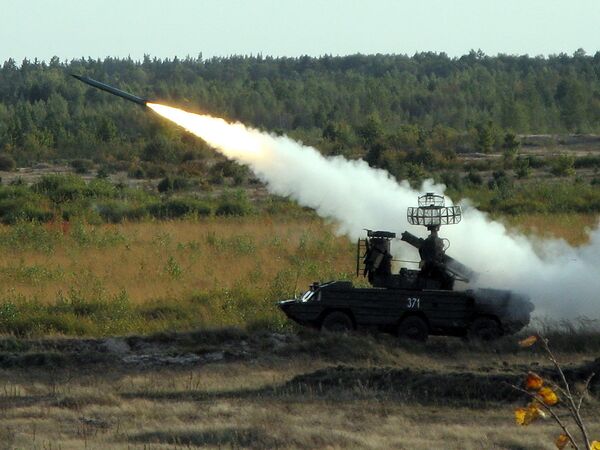
These included Ingla portable air defense missile systems, the Pantsir-S1 surface-to-air missile system, the Pechora self-propelled air defense system and the Buk-M2E medium-range advanced defense missile system.
At the moment, the Syrian air defense forces are split between the South and North zones, which are controlled by three computerized command posts.
The site concludes that despite Russia's supplies of sophisticated Buk-M2E missile systems to Syria, its national air defense forces, including radar systems, remain in a process of permanent modernization.

